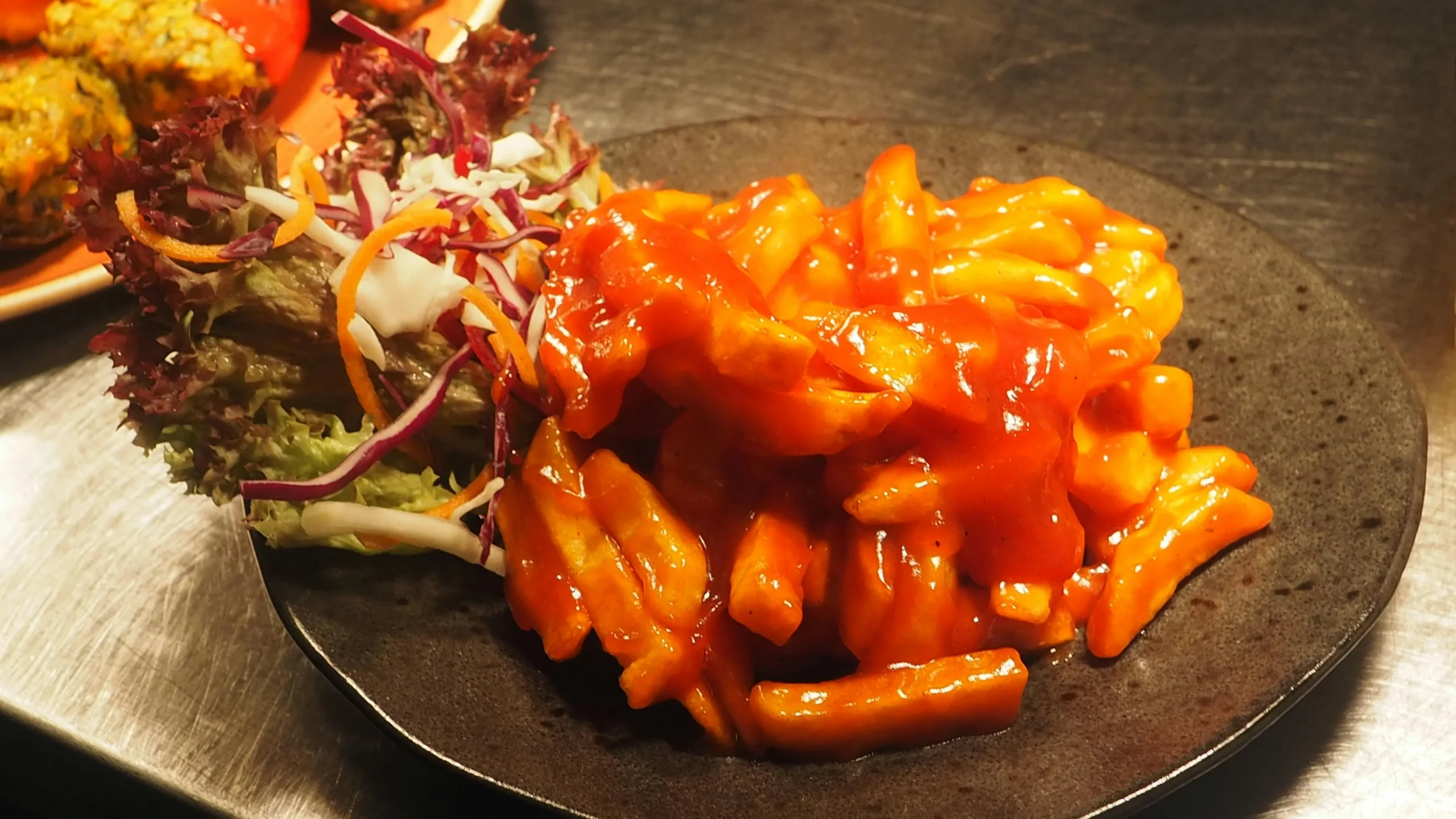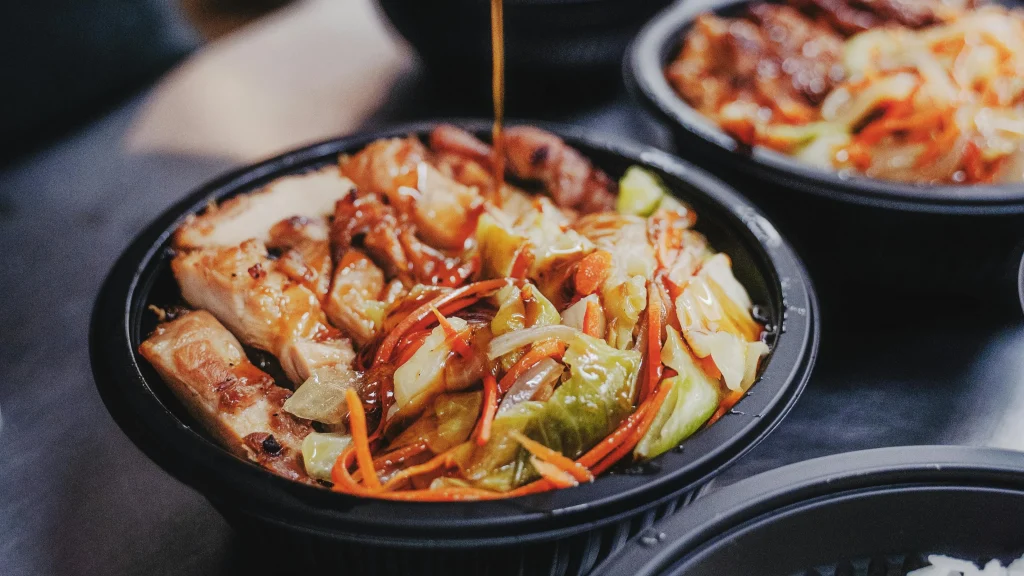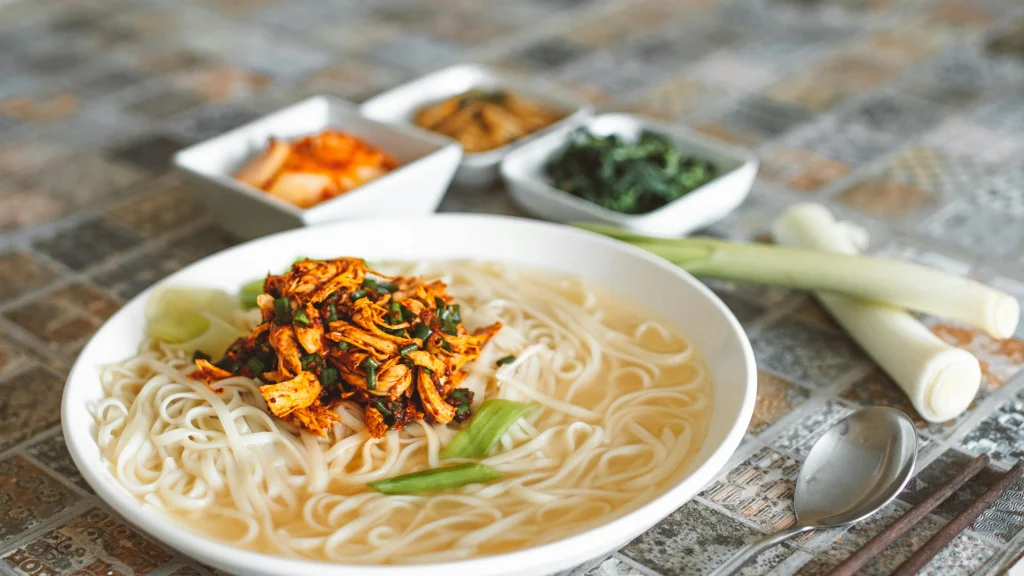
-
By Fair_Ground_Admin
-
February 21, 2025
- 0 Comment
How Fairground Businesses Elevate Their Marketing Strategies
Marketing plays a crucial role in the success of fair ground and common ground int’l inc. businesses, helping them attract visitors, boost engagement, and create memorable experiences. From eye-catching visuals to digital promotions, companies in this industry continuously evolve their strategies to stay competitive. This article explores the key marketing techniques fairground businesses use to captivate audiences, enhance brand visibility, and ensure long-term success.
Effective Marketing Strategies for Fairground and Common Ground Int’l Inc.
1. Captivating Visuals and Signage
Creating an inviting atmosphere is essential for attracting visitors. Utilizing vibrant visuals and captivating signage can draw attention and set the tone for the experience. Platforms like Desygner suggest translating the fair’s narrative into compelling visuals and slogans to craft polished promotional materials. These visuals can be showcased across various platforms to entice potential attendees.
2. Leveraging Social Media Engagement
In today’s digital age, maintaining an active online presence is crucial. Sharing sneak peeks of upcoming attractions, behind-the-scenes content, and hosting interactive contests can engage the audience and build anticipation. Social media platforms serve as dynamic channels to connect with the community and foster a loyal following.
3. Community Involvement and Partnerships
Building strong ties with the local community enhances brand loyalty and trust. Participating in local events, collaborating with nearby businesses, and supporting community initiatives can increase brand exposure and demonstrate commitment to the community. Such involvement positions the company as a community-centric organization.
4. Enhancing On-Site Experience
The on-site experience significantly influences visitor satisfaction and word-of-mouth promotion. Ensuring that each touchpoint, from ticketing to attractions, is designed to delight visitors can lead to positive reviews and repeat attendance. Attention to detail in customer service and facility maintenance reflects the company’s dedication to quality.
5. Utilizing Digital Marketing Tools
Employing digital marketing tools can streamline promotional efforts and reach a broader audience. Email campaigns, online advertisements, and virtual event platforms can complement traditional marketing methods. For instance, platforms like vFairs offer comprehensive guides on event marketing, providing strategies to create engaging and memorable experiences.
By integrating these strategies, companies in the fairground industry can enhance their marketing efforts, attract a diverse audience, and create lasting impressions that encourage repeat visits.
The Boom of Korean Restaurants in the Philippines
Several years ago, Korean restaurants were relatively uncommon outside major urban centers. Today, they have become a staple in food districts across Metro Manila and beyond. The rise of unlimited samgyupsal restaurants is a clear indicator of this shift. These establishments provide an interactive dining experience, allowing customers to grill their own meat and enjoy an array of banchan (side dishes).
To meet the increasing demand for authentic Korean flavors, restaurant owners rely on Korean food suppliers in the Philippines to source premium cuts of meat, fermented sauces, and fresh produce. The success of these businesses proves that Filipinos are not just interested in Korean food—they crave the authentic experience that comes with it.
Popular Korean Food Trends Among Filipinos
The demand for Korean food extends beyond restaurants. Filipino households are increasingly stocking up on imported Korean groceries, driven by food trends seen in social media and online content. Some of the most popular trends include:
1. Samgyupsal at Home
Filipinos love dining out for unlimited Korean barbecue, but many have started replicating the experience at home. A reliable Korean food supplier in the Philippines provides marinated meats, dipping sauces, and Korean side dishes, making home samgyupsal nights possible.
2. Instant Korean Noodles
Spicy Korean ramyeon has gained a strong following, especially brands featured in mukbang videos. More local convenience stores and supermarkets now carry a variety of Korean instant noodles to cater to this growing demand.
3. Korean Fried Chicken
Korean-style fried chicken, known for its crispy texture and flavorful sauces, has become a favorite among Filipinos. Many restaurants and home-based food businesses source specialty Korean ingredients from Korean food suppliers in the Philippines to create authentic flavors.
4. Kimchi and Fermented Side Dishes
Kimchi has long been a staple in Korean cuisine, and its popularity in the Philippines continues to rise. Consumers are becoming more health-conscious, turning to probiotic-rich Korean side dishes like kimchi, pickled radish, and soybean paste soup for added nutritional benefits.
The Role of Korean Food Suppliers in the Market Growth
As more businesses and individuals seek high-quality Korean ingredients, the role of Korean food suppliers in the Philippines has become crucial. These suppliers bridge the gap between Korea’s rich culinary traditions and Filipino consumers’ growing appetite for authenticity.
Some key services they provide include:
Importing premium meats, seafood, and vegetables from Korea.
Distributing authentic Korean sauces, spices, and seasonings.
Supplying ready-to-eat Korean meals and snacks for retail businesses.


Connecting to the Bigger Picture: The Growth of Korean Cuisine in the Philippines
The increasing popularity of Korean restaurants and food trends is just one part of a larger cultural shift. As Korean cuisine becomes a household staple, businesses must adapt to meet the demands of an evolving market. This aligns with the broader topic of why Korean food is rapidly taking over the Philippine market, highlighting the factors that contribute to its mainstream success.
From traditional Korean dishes to modern food trends, the Philippines continues to embrace the rich and flavorful world of Korean cuisine. Whether dining in a restaurant or cooking at home, Filipinos rely on Korean food suppliers in the Philippines to bring authentic flavors straight from Korea to their tables.
